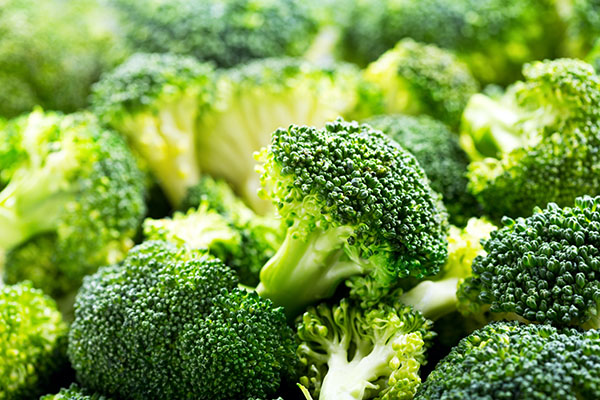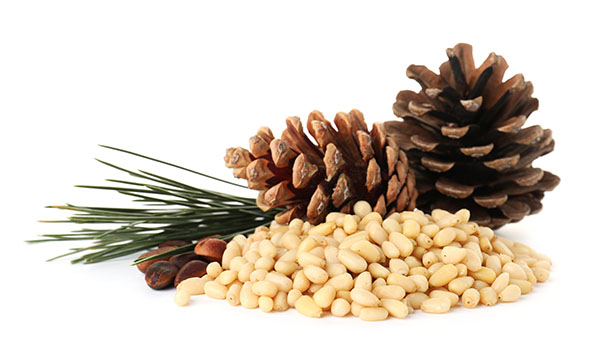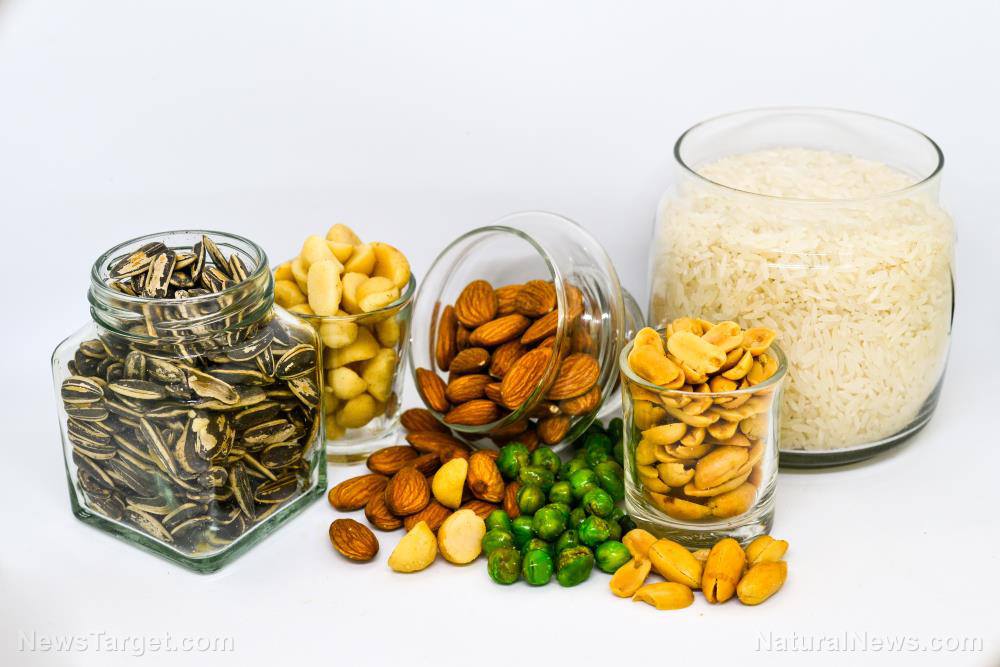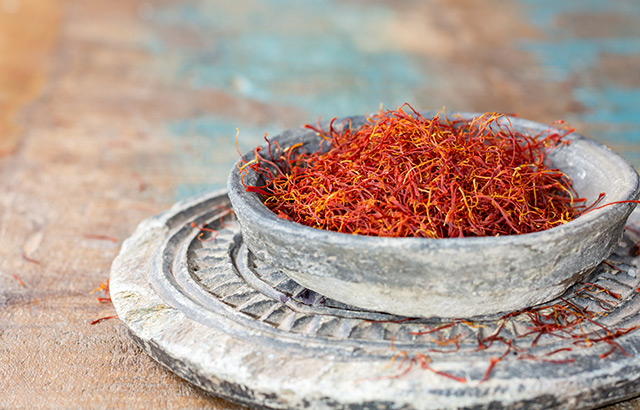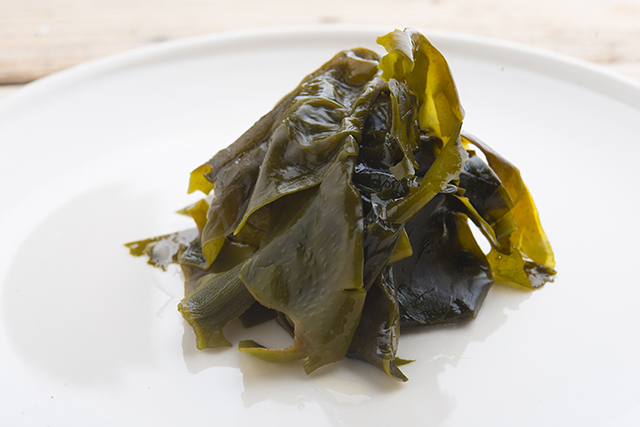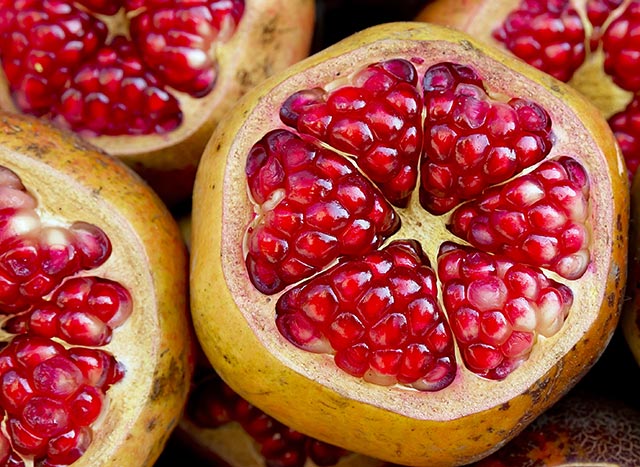Cancer-fighting herbs: Queen Anne’s lace found to be effective against skin and cervical cancer
06/22/2023 / By Evangelyn Rodriguez
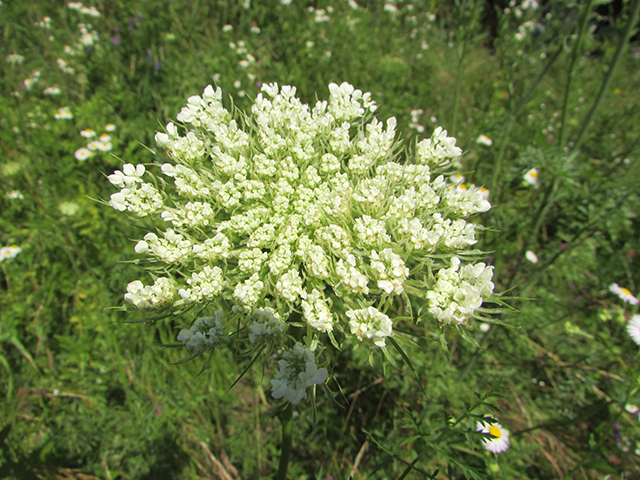
Daucus carota, also known as wild carrot or Queen Anne’s lace, is a wildflower that grows in the summer. It belongs to the same family as the common garden carrot, and its root is said to smell like a carrot, too. But when you rub the leaves of Queen Anne’s lace between your fingers, people say that they smell surprisingly like parsley.
Queen Anne’s lace is a versatile herb with a long history of use as medicine. For centuries, natural healers have used it as a natural remedy for various ailments, such as digestive disorders, kidney and bladder problems, and edema. But recent studies have found an even more compelling role for Queen Anne’s lace in modern medicine: According to two separate reports, Queen Anne’s lace can also be used to treat an even bigger health issue, namely, cancer.
Facts about Queen Anne’s lace
Queen Anne’s lace is well-known for its white, lace-like flowers, which form flat umbels while they’re young. They’re attached to green, hairy stems and curve in upon themselves to form a bird’s nest shape as they grow old. It is around this time that the plant begins to bear fruits.
Queen Anne’s lace was named after Queen Anne of England, the wife of King James I. Legend has it that one day, while Anne was making lace, she pricked her finger with a needle and a single drop of blood fell onto the lace. Because the bud at the center of Queen Anne’s lace resembles the dark purple spot that formed on the lace, the plant became known as Queen Anne’s lace.
Thanks to its pretty, lace-like foliage, Queen Anne’s lace is commonly grown in home gardens. But this plant is more than just an ornamental. In fact, it is often foraged in the wild because it is versatile, edible and has a lot of tasty parts. (Related: Wild foods you can forage and pickle for long-term storage.)
For instance, the taproot of Queen Anne’s lace looks a lot like a carrot and can be eaten when young. But some people find it too fibrous to eat even after extended boiling, so they just use it to flavor dishes and discard it before serving.
You can use the leaves of Queen Anne’s lace as a substitute for parsley. It has a vaguely carroty flavor and works well in boiled dishes. You can use the plant’s flowers to make Queen Anne’s lace jelly, which you can can in the summer and enjoy as a spread all winter long. The small, green fruits of Queen Anne’s lace make a wonderful spice when dried and ground.
If you forage for Queen Anne’s lace in the wild, make sure you don’t mistake it for similar-looking plants that are actually poisonous. People have died from eating the taproot of poison hemlock, which they mistook for the root of Queen Anne’s lace.
Another poisonous plant that looks a lot like Queen Anne’s lace is fool’s parsley, which can cause pain, vomiting and a burning sensation in the mouth and throat when eaten. You can easily distinguish fool’s parsley and poison hemlock from Queen Anne’s lace by smelling them and looking at their stems. Both poisonous look-alikes smell disgusting and don’t have hairy stems. Fool’s parsley also has beard-like bracts that hang from its secondary flower clusters.
Compounds in Queen Anne’s lace can kill cancer cells, inhibit tumor growth
Cell culture and animal studies have found that the oil extracted from Lebanese Queen Anne’s lace has potent anticancer properties. To investigate if the oil can protect against skin cancer, a team of researchers from Lebanon, the U.K. and Germany tested different oil fractions of Queen Anne’s lace on non-tumorigenic and tumorigenic human skin cancer cells (keratinocytes). Separating the oil into fractions allowed them to isolate the compounds with the highest activity against cancer cells.
The researchers detected a major anticancer compound in one of the oil fractions, which they later identified as 2-himachalen-6-ol. The oil fraction containing this sesquiterpene induced cell cycle arrest in both benign and malignant tumor-forming cells, resulting in a decrease in the population of viable cells. The oil fraction also upregulated the expression of Bax, a protein involved in programmed cell death (apoptosis). This suggests that 2-himachalen-6-ol (and possibly other compounds) in Queen Anne’s lace works by triggering the death of cancer cells.
To find out if the oil fraction containing 2-himachalen-6-ol could also inhibit the growth of tumors, the researchers injected the oil fraction into mice with chemically-induced skin carcinoma. Treatment with the oil fraction significantly reduced the growth, number and size of skin papillomas (benign tumors) in the mice, suggesting that 2-himachalen-6-ol in Queen Anne’s lace also has antitumor activities that can protect against skin carcinoma. (Related: B-type proanthocyanidins in Masson’s pine bark extract show antioxidant and antitumor properties.)
Aside from skin cancer, Queen Anne’s lace has also shown anticancer activities against cervical cancer cells. In a study published in the journal ChemistrySelect, researchers isolated phytochemicals from Queen Anne’s lace and tested them on HeLa cell lines, which were derived from cervical cancer cells. Their objective was to investigate whether the antiproliferative and proapoptotic properties of the herb’s active components would also work against cervical cancer.
The researchers reported that the bioactive compounds in Queen Anne’s lace were able to stop the proliferation of HeLa cells. Treatment with the compounds also resulted in the increased release of lactate dehydrogenase and reactive oxygen species, which indicated that the cells had suffered damage and were in the process of apoptosis. The researchers also found evidence of cell shrinkage, chromatin condensation and nuclear fragmentation – all hallmarks of apoptosis – which further proves that Queen Anne’s lace is rich in compounds that can inhibit cancer growth and kill cancer cells.
Queen Anne’s lace is just one of many medicinal herbs found to be effective against cancer. For more on plants and foods with cancer-fighting abilities, visit CancerSolutions.news.
Watch the video below to learn about the cancer-fighting capabilities of medicinal fungi from Nick Oberlies, a distinguished professor of Chemistry at the University of North Carolina Greensboro.
This video is from the Finding Genius Podcast on Brighteon.com.
More related stories:
Astragalus shows amazing antioxidant, anti-inflammatory, and anticancer effects.
One of the most sacred plants in India, here’s why tulsi is considered “The Queen of Herbs”.
TCM’s Yanghe Huayan found to have potent anti-tumor effects against breast cancer.
Scientists unlock the anti-cancer potential of lianqiao, a well-known TCM herb.
Sources include:
BMCComplementMedTherapies.BiomedCentral.com
Chemistry-Europe.OnlineLibrary.Wiley.com
Submit a correction >>
Tagged Under:
alternative medicine, anti-tumor, anticancer, cancer tumors, cervical cancer, health science, herbal medicine, Herbs, natural cures, natural health, natural medicine, Oncology, phytonutrients, plant medicine, Queen Anne's lace, remedies, research, skin cancer, Wild carrot, women's health
This article may contain statements that reflect the opinion of the author
RECENT NEWS & ARTICLES
COPYRIGHT © 2017 CANCER SOLUTIONS NEWS


